Description
OZ Optics’ miniature fiber optic beam splitters are used to split the light traveling through a fiber into two fibers, or to split or combine orthogonally polarized light into separate fibers. These splitters feature a rugged miniature housing to fit into compact spaces in equipment and systems. Light from a fiber is first collimated, then sent through a beamsplitting optic to divide it into two beams by either a fixed ratio or into two orthogonal polarizations. The resultant output beams are then coupled back into the output fibers. This flexible design allows one to manufacture splitters with different fiber types on the input and output ports
Miniature Inline Polarization Maintaining Splitters/ Taps/Combiners
Specifications
| Splitting Ratio: | 50/50 |
|---|---|
| Central Wavelength: | 1550 nm |
| Power Handling: | > 100W |
| Return Loss: | 30 dB |
Features
- Rugged compact design
- Broad wavelength range
- Low insertion loss
- High extinction ratio
- Low return losses
- Low Polarization Dependent Loss (PDL)
- Low Wavelength Dependent Loss (WDL)
Applications
- EDFA amplifiers
- Raman amplifier combiners
- Polarization mode dispersion compensation
- Polarization extinction ratio measurements
- Fiber optic sensors
- Coherent communication systems
- OCT systems
Frequently Asked Questions
What are OZ Optics’ miniature fiber optic beam splitters used for?
They are used to split the light traveling through a fiber into two fibers, or to split or combine orthogonally polarized light into separate fibers.
What are the features of these splitters?
The features include a rugged compact design, broad wavelength range, low insertion loss, high extinction ratio, low return losses, low Polarization Dependent Loss (PDL), and low Wavelength Dependent Loss (WDL).
What are some applications of these splitters?
They can be used in EDFA amplifiers, Raman amplifier combiners, polarization mode dispersion compensation, polarization extinction ratio measurements, fiber optic sensors, coherent communication systems, and OCT systems.
What are the two different configurations in which miniature inline splitters are sold?
They are sold as a polarization maintaining splitter, with a fixed splitting ratio, and a polarizing splitter, to split and combine orthogonal polarizations.
How do polarization maintaining splitters work?
They use a partially reflecting mirror to transmit a portion of the light from the input fiber to the main output fiber, and reflect the remainder of the light to the second output fiber. All ports made using polarization maintaining fiber are aligned so that polarized light aligned parallel to the stress rods on the input fiber emerge from the output fibers in the same manner, maintaining the polarization state to a high degree.
Similar Products
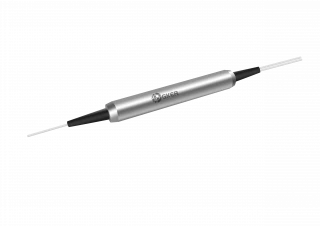
Polarization Beam Combiner Splitter-PBC-PBS
GKER Photonics
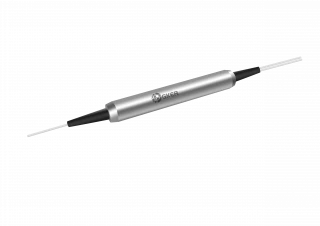
Polarization Beam Combiner Splitter IPBC/IPBS Series
GKER Photonics

1310nm Polarization Beam Combiner Splitter - PBC-PBS
GKER Photonics
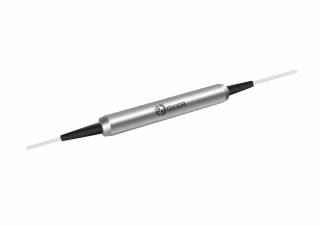
1310-1480-1550nm 2 × 2 Polarization Beam Combiner Splitter
GKER Photonics
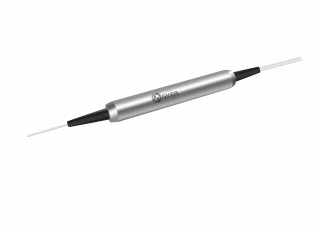
1310nm Polarization Beam Combiner/Splitter
GKER Photonics
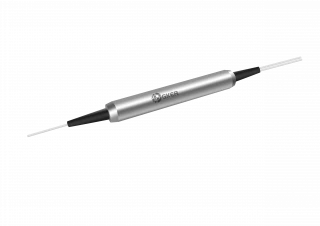
2 × 2 Polarization Beam Combiner/Splitter
GKER Photonics
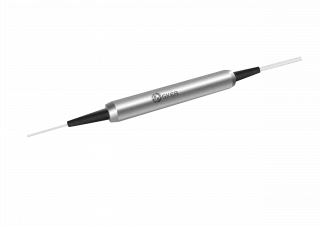
Polarization Beam Combiner/Splitter
GKER Photonics
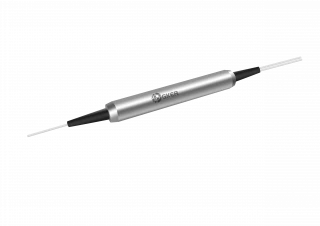
1064 nm Isolator Polarization Beam Combiner/Splitter
GKER Photonics
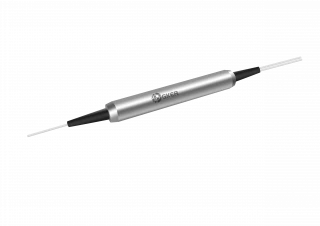
1064 nm Polarization Beam Combiner/Splitter
GKER Photonics
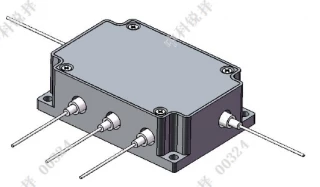
High Polarization Miniaturized 1*N Adjustable Fiber Optic Splitting Module for Quautum Optics
CSRayzer Optical Technology
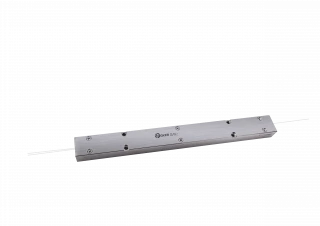
(1+1)×1 Multimode Pump and Signal Combiner (MMPC Series)
GKER Photonics
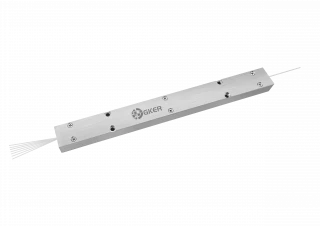
2.5 kW (6+1)×1 Backward Pump Combiner (HPPC Series)
GKER Photonics
Thank You!
Your inquiry has been received.
Create an account by adding a password
Why create an account?
- Auto-complete inquiry forms
- View and manage all your past messages
- Save products to your favorites
- Close your account anytime — no hassle
